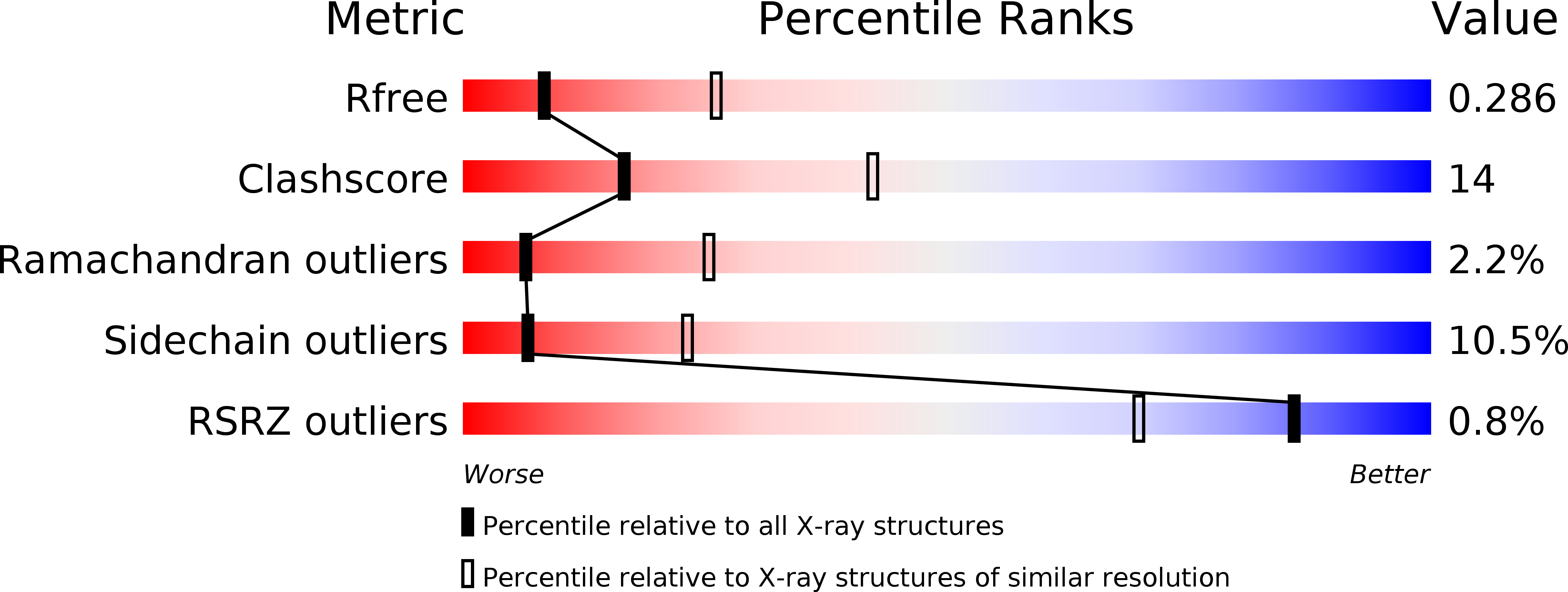
Deposition Date
2012-01-11
Release Date
2012-03-14
Last Version Date
2024-11-20
Entry Detail
PDB ID:
4D8P
Keywords:
Title:
Structural and functional studies of the trans-encoded HLA-DQ2.3 (DQA1*03:01/DQB1*02:01) molecule
Biological Source:
Source Organism:
Homo sapiens (Taxon ID: 9606)
Triticum aestivum (Taxon ID: 4565)
Triticum aestivum (Taxon ID: 4565)
Host Organism:
Method Details:
Experimental Method:
Resolution:
3.05 Å
R-Value Free:
0.28
R-Value Work:
0.21
R-Value Observed:
0.21
Space Group:
C 1 2 1


